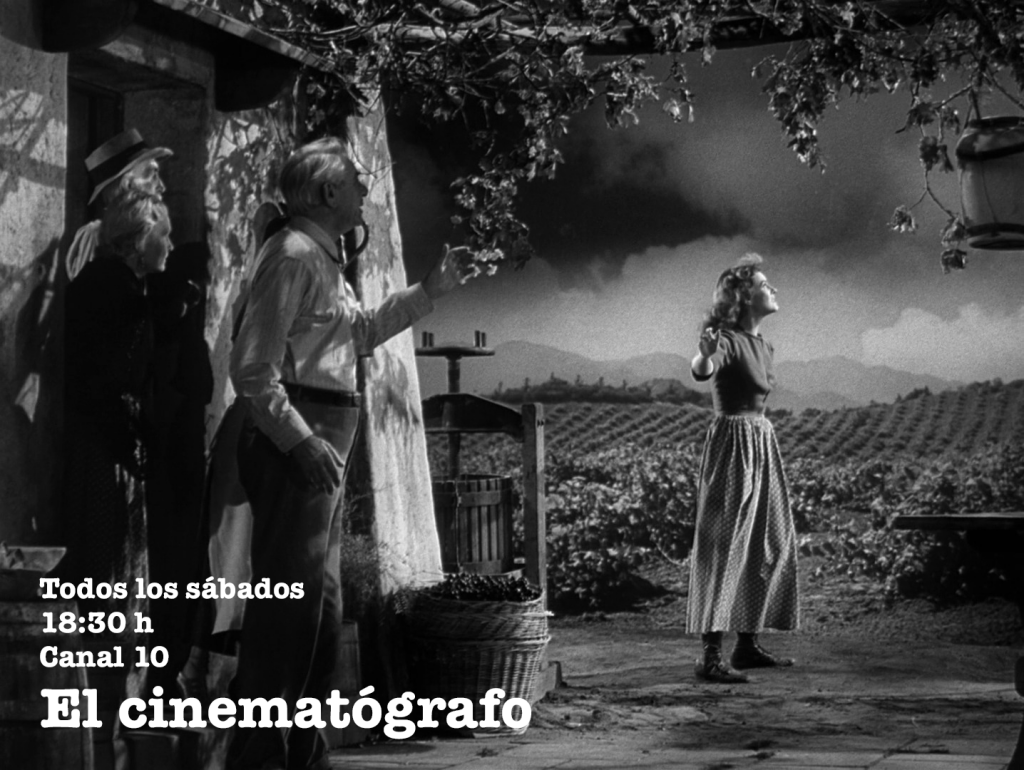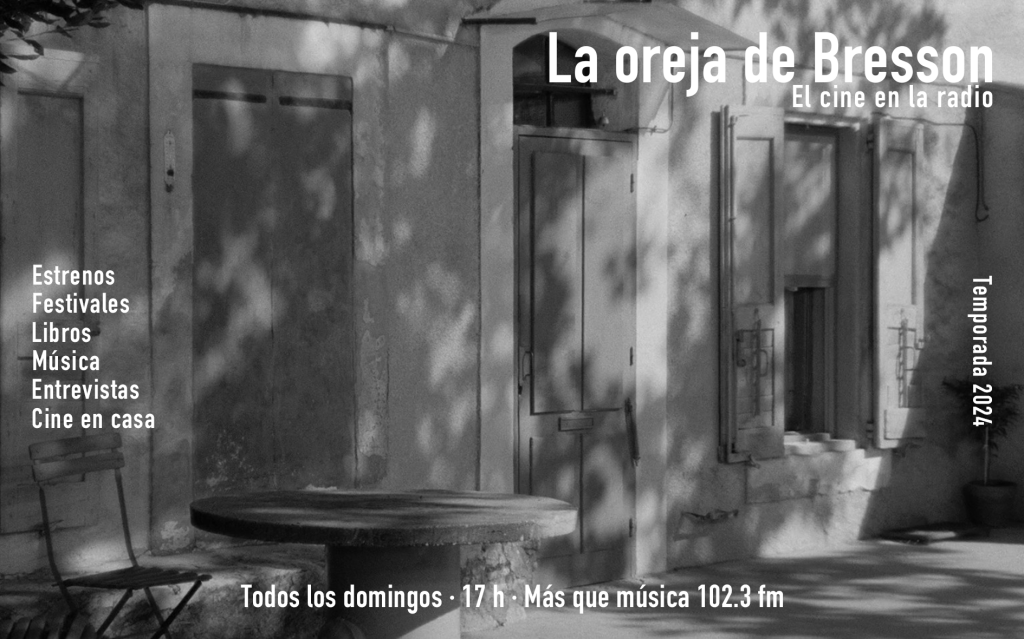
SHORT REVIEWS (27): KÉKSZAKÁLLÚ
*** Masterpiece ***A Must See **Worth Seeing * Has a Reedimg Facet ° Worthless
This film’s title refers to Béla Bartók’s opera, which in five moments we hear for a while. And although the opera’s libretto is barely perceptible in the malaise felt by Laila—the young protagonist who only appears on the scene after 20 minutes of the film have already passed by—perhaps her uneasiness is related to what Judith felt in Bluebeard’s Castle when she discovered bloodied treasures behind her master’s locked doors. And although Laila won’t find blood, she will indeed know by intuition that the richness she enjoys is produced by other people who live in a different world. If something happens in Solnicki’s film is a validation—the world is divided between those who own matter and those who work it for others. There’s no conciliation, nor confrontation—only an unshakable order.
This (negative) dialectic is materialized, not enunciated through words. During its first twenty minutes, the film portrays wealthy-people’s leisure, high-class Argentineans who possess holiday mansions by the sea in Northern Uruguay. Theirs is a leisure without any splendour. The absolute triviality of these creatures only fades away, barely, through the perfect and geometric framing of the camera, which makes them beautiful. The youngsters and kids we see will later become the persons who people Laila’s world; and, even though their bonds are never explicitly stated, they are shown to be, indeed, an embedded social class.
The second movement of the film is set in Buenos Aires. Laila wants to become independent and tries to work at her father’s factory. Perhaps she will study architecture. Those passages are remarkable. Solnicki introduces some of the factory’s scenes; workers labour—physically toiling over the matter—in order to produce richness for others. Concrete and abstract, another conceptual pair to follow with a chain of flawless shots.
What happens in visual terms is innovating. The only lens used throughout the film by the two best cinematographers in Argentinean cinema explains the visual uniqueness of the shots. But this hypnosis of the image doesn’t—or shouldn’t—blur the aural dimension, which is equally sophisticated (and not only at the moments chosen to introduce Bartók’s chords).
Solnicki is back, dealing again with rich people’s invisible lives. He films what he knows and does so without any concessions whatsoever. For those of us who don’t belong to that world, to discover it allow us to sense how suffocating material overabundance is.
Roger Koza / Copyleft 2017






Últimos Comentarios